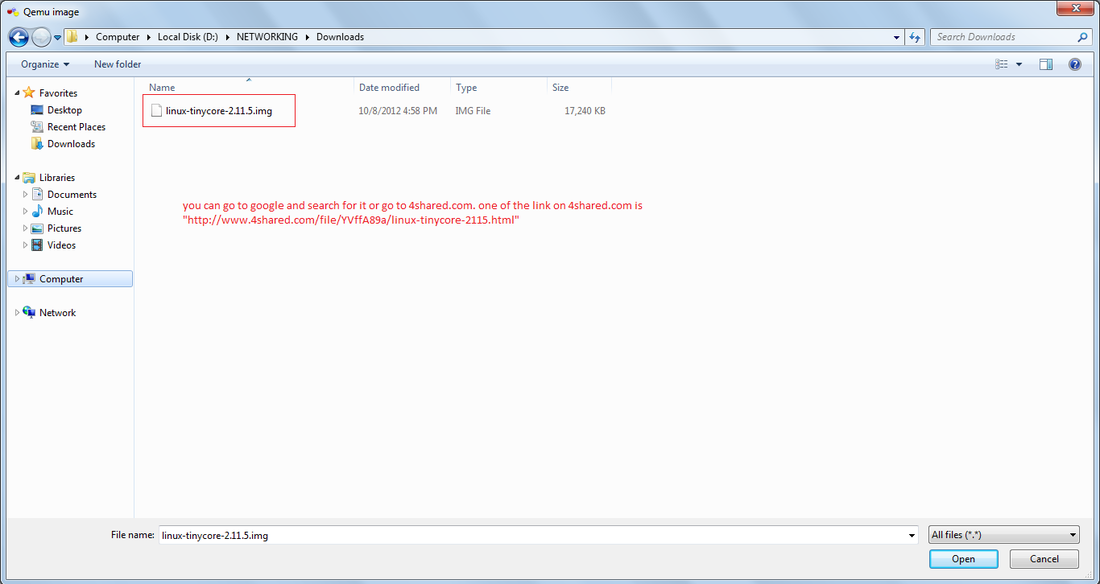
May not be zero, depending on the storage location. full mode preallocates spaceįor image by writing data to underlying storage. falloc mode preallocates space for image byĬalling posix_fallocate(). Preallocation mode (allowed values: off, falloc,įull). Use qemu-img info to know the real size used by the Linux or NTFS on Windows), then only the written sectors will reserve If yourįile system supports holes (for example in ext2 or ext3 on This format has the advantage ofīeing simple and easily exportable to all other emulators. This section describes each format and the options that are supported for it. Qemu-img create and qemu-img convert using the -o option.

Older QEMU versions or other hypervisors.ĭepending on the image format, different options can be passed to Raw and qcow2 as well as formats that are supported for compatibility with QEMU supports many image file formats that can be used with VMs as well as withĪny of the tools (like qemu-img). State is not saved or restored properly (in particular USB).
#ADD FILES TO QEMU SYSTEM DRIVERS#
They cannot cope with removable devices if they are removed orĪ few device drivers still have incomplete snapshot support so their VM snapshots currently have the following known limitations: You can always make VM snapshots, but they are deleted as soon as you When using the (unrelated) -snapshot option Snapshot would need a full copy of all the disk images). Shared among all the snapshots to save disk space (otherwise each Not shown by info snapshots because the associated disk sectors are The size of a snapshot in a disk image is difficult to evaluate and is The disk image snapshots are stored in every disk image. State info is stored in the first qcow2 non removable and writableīlock device.

Info snapshots) and a snapshot of every writable disk image.


 0 kommentar(er)
0 kommentar(er)
